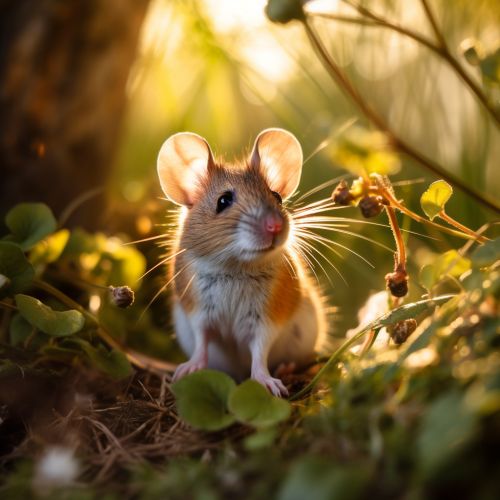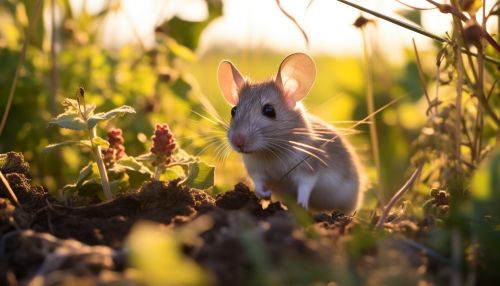Mechanisms of Thermal Regulation in Endotherms
Introduction
Endotherms, also known as "warm-blooded" animals, are organisms that maintain a constant body temperature regardless of the environment. This is achieved through a process known as thermal regulation. This article will delve into the mechanisms of thermal regulation in endotherms, including the physiological, biochemical, and behavioral adaptations that enable these organisms to maintain their body temperature.
Physiological Mechanisms
Endotherms employ a variety of physiological mechanisms to regulate their body temperature. These include metabolic heat production, insulation, and vasodilation or vasoconstriction.
Metabolic Heat Production
Metabolic heat production is a key mechanism of thermal regulation in endotherms. The heat is generated as a byproduct of the metabolic processes that occur within the cells of the organism. This heat is then distributed throughout the body to maintain a constant internal temperature.


Insulation
Insulation is another important physiological mechanism for thermal regulation in endotherms. This is typically achieved through the presence of fur, feathers, or fat, which trap heat and prevent it from being lost to the environment.
Vasodilation and Vasoconstriction
Vasodilation and vasoconstriction are mechanisms used by endotherms to regulate heat exchange with the environment. Vasodilation, the widening of blood vessels, allows for increased blood flow and heat loss, while vasoconstriction, the narrowing of blood vessels, reduces blood flow and conserves heat.
Biochemical Mechanisms
Biochemical mechanisms also play a role in thermal regulation in endotherms. These include thermogenesis and the role of hormones.
Thermogenesis
Thermogenesis is the process of heat production in organisms. It can be either obligatory, as in the case of basal metabolic rate and the heat produced by normal bodily functions, or facultative, which is the heat produced in response to environmental changes.
Role of Hormones
Hormones such as thyroxine and epinephrine also play a role in thermal regulation. These hormones can increase metabolic rate and heat production when the body temperature drops.
Behavioral Mechanisms
In addition to physiological and biochemical mechanisms, endotherms also use behavioral mechanisms to regulate their body temperature. These include sunning, shivering, and migration.
Sunning and Shivering
Sunning is a behavior used by many endotherms to increase their body temperature. Conversely, shivering is a behavior that generates heat through muscle activity.
Migration
Migration is another behavioral mechanism used by some endotherms. By moving to warmer or cooler areas, these organisms can regulate their body temperature in response to seasonal changes.
Conclusion
Understanding the mechanisms of thermal regulation in endotherms is crucial for understanding how these organisms survive and thrive in diverse environments. From physiological adaptations like insulation and vasodilation, to biochemical processes like thermogenesis, to behavioral strategies like sunning and migration, endotherms employ a range of strategies to maintain their body temperature.
